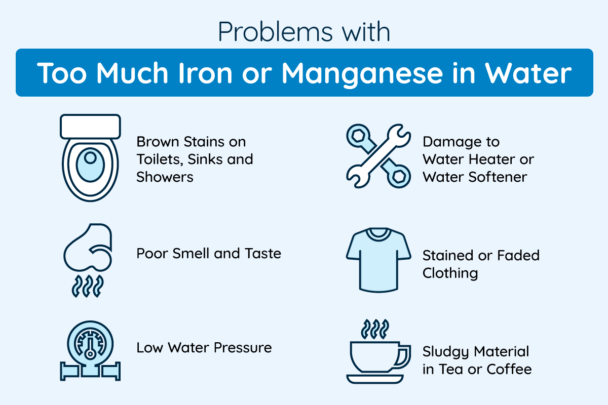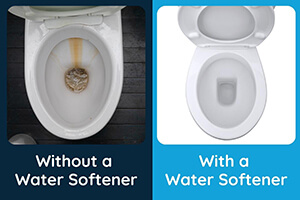If they won’t scrub away with regular cleaning products, then contaminants in your water are to blame. And what’s frustrating is scrubbing harder often only makes these stains worse!
So, what can homeowners with brown stains in their toilets do? The good news is, there are ways to get rid of these unsightly blemishes!
Keep reading to learn:
- What causes brown stains in a toilet bowl
- Other problems associated with a brown stained toilet bowl
- How to clean a stained toilet
- How to get rid of brown stains in a toilet bowl for good




